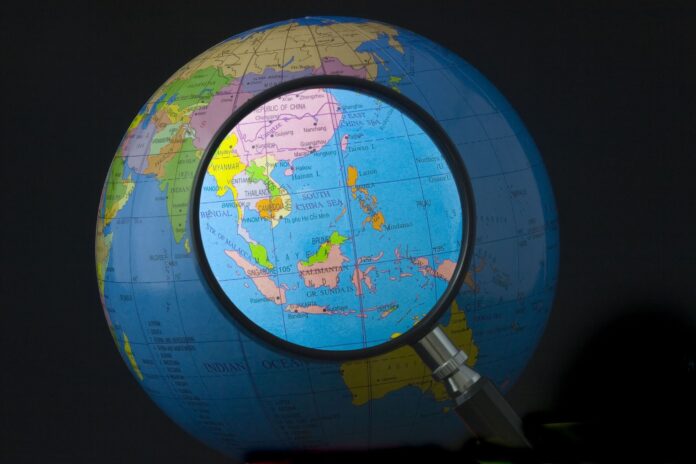China and South Korea are the top markets in terms of IoT adoption within the region, according to the study
Spending on the internet of things in the Asia/Pacific region excluding Japan (APEJ) is forecasted to reach $381.8 billion by 2022, according to a new study by IDC.
IDC said that the APEJ region is expected to be the leader in terms of IoT spending in 2019, accounting for around 36.9% of global spend.
Within the APEJ region, China is the top spender in the region with $159.1 billion spent in 2018, followed by South Korea and India with a spending of $22.6 billion and $19.6 billion in 2018, respectively, according to IDC.
IoT services were the category with the highest spend in 2018, at $83.5 billion. Hardware spending was close behind at $78.4 billion and was led by more than $65.7 billion in module/sensor purchases, the analyst firm said. Meanwhile, IoT software spending amounted to $43.3 billion last year — but it is anticipated to see the fastest growth through 2022, with a compound annual growth rate of 15.8%. Services spending will also grow faster than overall IoT spending, with a CAGR of 13.3%, IDC predicted.
“The per capita IoT spending among the APEJ countries is quite varied, it is primarily related to the demographics, broadband penetration, coverage and capacity of the nation’s infrastructure, including telecommunications, modernity of commercial buildings, firm demographics, highways, and electricity/gas/water distribution,” said Ashutosh Bisht, senior research manager at IDC.
“The key drivers of IoT penetration will include proliferation of cloud-based back-end services for data acquisition and analytics, and 5G fixed wireless deployments that are expected in Australia, New Zealand, and Philippines before 2020,” he added.
The top three industries spending most on IoT solutions in 2018 were discrete manufacturing ($43.9 billion), process manufacturing ($33.2 billion) and utilities ($20.1 billion). IoT spending among manufacturers over the next few years will be largely focused on solutions that support manufacturing operations and production asset management, IDC said. The industries expected to see the fastest CAGR over the five-year forecast period are telecommunications (16.6%), construction (15.9%), and healthcare (15.6%).
“Internet of things across APEJ continues to grow steadily as government, municipalities, and enterprises move from proof of concept and tests to live deployments as part of a strategy to enhance productivity and efficiency, build smart city infrastructures, capitalize on new technologies (software-defined networking, next-generation industrial automation, deep learning, mobile edge and 5G mobile and 5G fixed wireless access), and embrace digital transformation,” said Hugh Ujhazy, associate VPfor IoT and telecommunications at IDC Asia/Pacific.
“We are still in the early stages of IoT adoption and ecosystem development, with industrial IoT, telematics, retail, smart grids, smart buildings, and smart homes leading the way in terms of use cases,” Ujhazy added.

